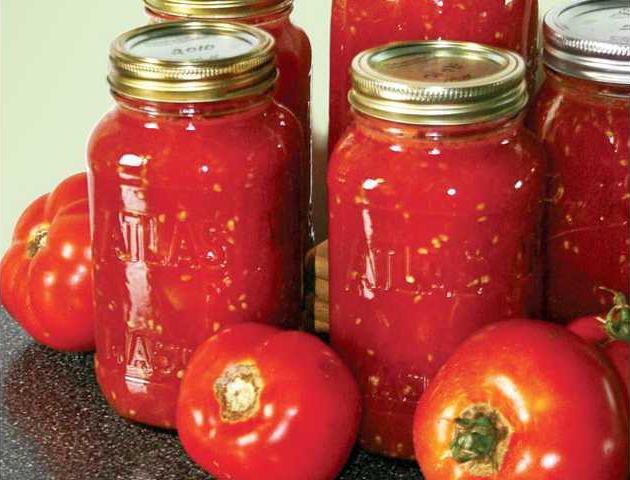Those who regularly visit Hinesville’s Farmers Market are wise to enjoy the locally grown fruits and vegetables. They’re tastier and healthier than store-bought stuff, and they’re locally produced.
You don’t have to settle for enjoying fruits and veggies while they’re in season, though; save some of nature’s summer bounty via canning or freezing fruits and veggies for the fall and winter.
I usually start with sweet corn. You don’t want to wear yourself out trying to shuck and cut off eleventy dozen ears of corn at one time. Two dozen ears are enough. When I have at least 72 ears in the freezer, I figure I have enough till spring.
If local farmers don’t have the new hybrid corn called “peaches and cream,” I’ll buy a dozen ears of sweet white corn and a dozen ears of sweet yellow corn.
Yeah, I know “peaches and cream” corn is a genetically modified organism. I remind those who would argue against eating GMO corn that all corn has been genetically modified over the last couple-thousand years. I buy fresh fruits and veggies to avoid preservatives; I buy organic fruits and veggies to avoid pesticides.
After I shuck an ear of corn, I carefully go over it with a small, plastic brush to remove the corn-silk tassels. Before I cut the corn off the cob, I carefully wash and again brush each ear. This second scrubbing helps eliminate tiny bugs, worms or pesticide residue.
With one of my wife’s large stew pots in the kitchen sink, I’ll lean over the pot with an ear of corn and a sharp knife. My mama taught me not to try to cut the kernels off too close to the cob; she said it gives it a tough, chewy texture. My daddy taught me not to cut myself; he said it wastes a good ear of corn.
Mama said to slice each kernel in half with your knife, allowing each beheaded “cap” to fall into the pot. After the entire ear is clipped this way, turn your knife on its side to scrape the rest of the pulp from the ear into the pot.
By the time I’ve gone through two dozen ears of corn, my old Army injuries are telling me to turn everything over to my wife. She then adds just a little bit of water to the pot and puts it on the stove. She brings the corn to a boil, and then immediately removes it from the burner and allows it to cool.
After the blanched corn has cooled, she fills as many 1-pint and 1-quart Tupperware containers as possible. If there’s a small amount left over, she puts that in 1/2-pint containers. This tiny bit of corn is later added to a quart of butter beans, along with salt, pepper, butter and bacon bits. Succotash is a required veggie dish for Thanksgiving feasts, but I like it year-round.
Beans and peas usually are easy to freeze. Just hull the beans or peas, wash them thoroughly, and then blanch and freeze them. Some beans and peas, as well as some other fruits and veggies, are better canned than frozen. String beans, snap beans and white-acre peas just taste better coming from a Mason jar.
Tomatoes are good canned or frozen, but okra, squash and zucchini may become mushy if frozen. Strawberries and blueberries are OK frozen for short periods, but blackberries, pears and peaches do much better when canned. Cantaloupe and honeydew chunks can be frozen, but I’ve never had any frozen watermelon worth eating.
As folks become more health conscious, fresh fruits and vegetables become more popular. Because fresh fruits and veggies are seasonal, though, some of us are freezing or canning them because it’s more economical than buying the same fruit and veggies grown in a greenhouse out of season.
It’s probably safer, too, as some of these out-of-season veggies might be from third-world countries, which use “natural” fertilizers that I suspect are the source of many cases of E. coli.
Preserve the flavor of summer
Around the table


Sign up for our e-newsletters